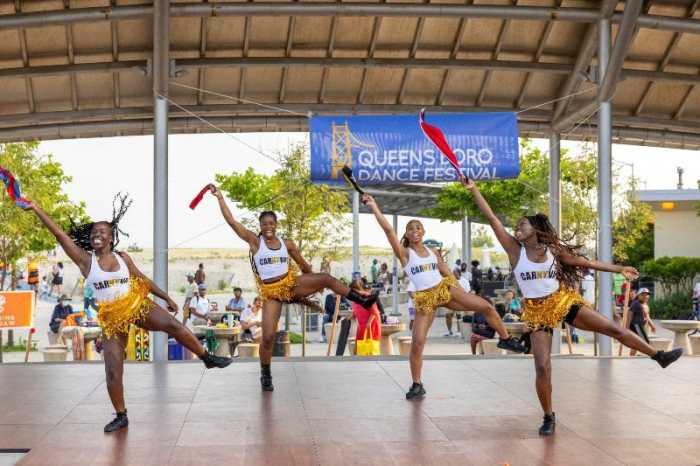In Normandy a major…
By Joan Brown Wettingfeld
On June 6 the 60th anniversary of D-Day, the day the Allies landed in Normandy in 1944, was commemorated. It will probably be the last such decennial commemoration to occur, as many of the brave survivors may no longer be with us.
In Normandy a major celebration was scheduled and was to be carried out on a large scale with 15 heads of state, the queen of England and our president in attendance. For the first time, a German chancellor, Gerhard Schroeder, was invited, the first German leader to attend the anniversary. Schroeder was born in April 1944 and is the first German chancellor with no memory of the war. His father was killed in action in the German army shortly after he was born.
Expected also were about 25,000 veterans. Security, in view of elevated terrorism threats which are in effect worldwide, were to be an important priority. D-Day began off the coast of Normandy on June 6, 1944. As a young woman at the time, I, like many in Bayside, remember relatives and friends from school days who either lived through those times and came home or died in the ensuing battles.
Several years ago my husband and I spent some time in Normandy visiting the sites of World War II battles on Omaha and other beaches, visiting the nearby towns and the memorials and cemeteries. Many of the inhabitants of the area, old resistance fighters, in particular, appreciate that Americans died by the thousands to save them.
I remember that the late Lou Theiss’ father was the chairman of the Draft Board in Bayside and that Father Rock, the pastor of Sacred Heart Church who had served in France in World War I, often accompanied the recruits as they were sent off to war and offered assistance to their families in the hours of their concern.
Operation Overlord, as D-Day was known, was initiated on the morning of June 6, 1944 and was probably the most important event of World War II, the beginning of its final phase, which would decide the course of future world events. In the minds of its planners it had to succeed. Morale was at stake, as was the Allied cause.
At the time, it was the most complex and largest military operation ever undertaken, involving as it did 170,000 Allied troops and huge amounts of equipment. The invasion fleet included 4,000 ships and several thousand small craft. Air cover, either covering the transport of troops or attacking the enemy’s communications and defensive system, involved some 12,000 aircraft.
From 1940 to 1944 the British had waited and planned for the day. Their plans were aided in 1941 when the Soviet Union joined the coalition, which the United States was to join later as an ally. Assaulting Hitler’s stronghold in Europe, including the Normandy coast of France, had to wait until the Allies had secured the Mediterranean and overcome the U-boat menace in the Atlantic so American troops could reach the launching point in southern England and gain air control over the channel and Northern France.
These preparations, however, could not guarantee success, and in 1944 the risks of a seaborne invasion caused Field Marshall Alan Brooke, chief of the Imperial General Staff, to write in his diary on the evening of June 5, 1944: “It is very hard to believe that in a few hours the cross-Channel invasion starts! I am very uneasy about the whole operation. At the best it will be so very, very far short of the expectation of the bulk of the people. At worst it may well be the most ghastly disaster of the whole war. I wish to God it were over.”
Overlord, as the assault was named, turned out not to be the disaster that had been feared. News of the invasion was broadcast from the BBC and United Nations Radio Mediterranean and reported, “Under the command of Gen. Eisenhower, Allied naval forces, supported by strong air forces, began landing Allied armies this morning on the northern coast of France.”
Prior to the invasion itself, the United States, Britain and the Soviet Union had marshaled their resources and honed their skills, and after four years of preparation, revenge for the terrible failure at Dunkirk came to fruition.
Many activities were planned here and abroad to mark the commemoration of D-Day on June 6. In England as well as in Normandy, memorial events were planned, and in such places as the Eisenhower Library in Kansas and the D-Day Museum in New Orleans, special exhibits and programs were available.
It is a time for all of us to pay homage to those who never came home and to all who are still with us today and are part of our communities. Let us not forget the sacrifices of those now known as the “Greatest Generation.”
Joan Brown Wettingfeld is a historian and free-lance writer and can be reached via e-mail at JBBAY@aol.com.


































